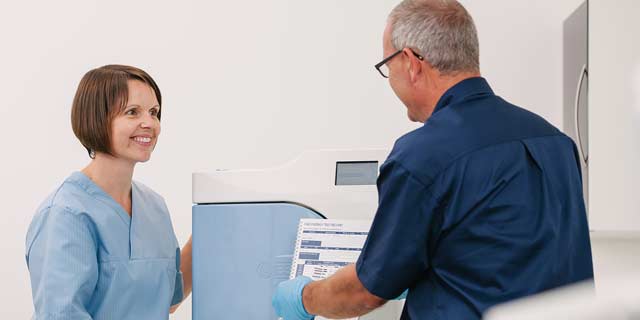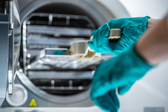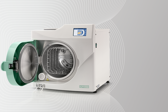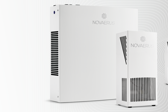Categories
Most Recent
Streamlining successful sterilisation
23rd Sept 2025 in Animal Health, Dental, HealthcareEffective infection control requires a comprehensive workflow, and one of the most important steps is the cleaning, disinfection and sterilisation of clinical instruments. Having access to sterile instruments is integral to the daily running of the dental practice, so it is up to the team to optimise protocols for a seamless workflow.
There is no argument that the quality of instrument decontamination is crucial for the safety of patients throughout the dental practice. However, the efficacy of the process is just as vital. This necessitates coordination among the professional team, as well as access to the right equipment, allowing practices to achieve the highest standards of infection control.
There are several potential errors associated with instrument sterilisation, which can occur across the healthcare sector. The most common (89%) arises from failures in visualisation – where the team insufficiently inspect or identify instruments during the decontamination and surgical or clinical workflow.

The literature suggests that these pitfalls cause a delay to proceedings in more than half of cases reported, leading to significant lost revenue for the medical facility. In the dental practice, the extra 10 minutes here and there needed to reorganise instrument trays or replace those that had not previously been inspected closely enough, could have a detrimental impact on daily schedules and patient experiences.
Another common issue can be caused by incorrectly loading instruments into the autoclave. For example, overlapping instruments will prevent them from being sterilised as the steam may not be able to penetrate all the necessary component surfaces. Overloading can also reduce the autoclave’s ability to reach the required temperature for the necessary amount of time, once again compromising the sterilisation process.
Not only will instruments need to be reorganised and the autoclave run again – disrupting the daily workflow – but there is also an increased risk of breaking either the instruments or the autoclave itself. The latter would cost the practice in both time and money, as repairs or replacements will often need to be completed as quickly as possible.
To further streamline the instrument sterilisation workflow, instruments can be efficiently prepared for sterilisation with the use of a washer disinfector. This is a requirement for compliance in Scotland according to SHTM 01-05 and an important step towards best practice in England as per HTM 01-05. This step is highly effective in removing physical contaminants from the instruments, rendering them ready for the autoclave.
The process can also take place while staff are completing other tasks – which saves significant time compared to manually washing instruments. In addition, the automated and validated process affords greater peace of mind that instruments are subjected to a universal standard of pre-sterilisation cleaning and disinfection for enhanced consistency in quality assurance.
The instrument decontamination workflow is not the only one relevant to the safety and efficiency of the dental practice. Comprehensive protocols must also be in place for hand hygiene and surface disinfection processes. Although many of these are second nature for the dental team, it is essential that reminders are regularly provided to professionals to ensure continued adherence with high-quality processes.
There is also important work to do with regards to patient education. Did you know that more than a quarter of British adults are believed to skip washing their hands after using the bathroom – even today, post-pandemic? Simple posters in the washrooms or in the waiting area to encourage good hand hygiene is an excellent extension of the team’s commitment to optimising health and safety throughout the practice.
To share best practice with patients and to maintain exceptional standards in all infection control workflows, it is important that staff are adequately educated and supported. This is especially relevant to new staff members to the practice or those who have recently qualified. Even for more experienced professionals who may be familiar with the steps involved, frequent refreshers are mandated as part of the Enhanced CPD requirements. These are also great opportunities for individuals to update their knowledge about new products or equipment.
When you work with leading providers of infection control solutions, this training is made all the easier. Eschmann, for example, is known as the expert in dental decontamination, providing world-class autoclaves, washer disinfectors and Reverse Osmosis (RO) water systems designed for dentistry. Eschmann delivers Enhanced CPD training for team members at installation of this equipment with the Care & Cover package, with the option to top up training annually as part of the service plan.









